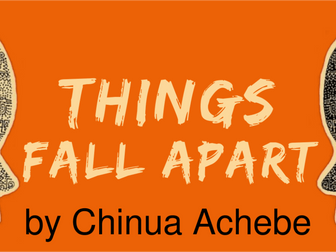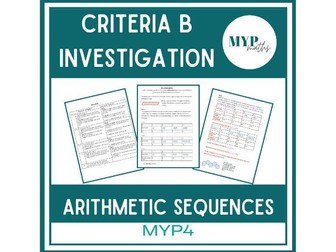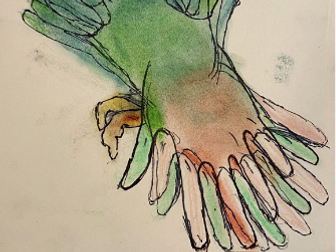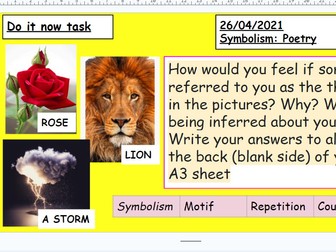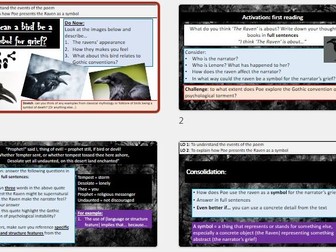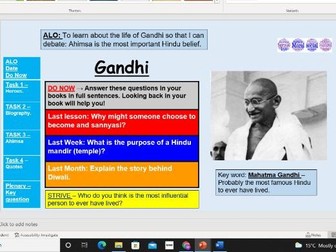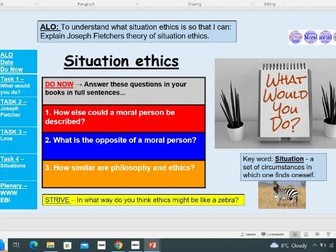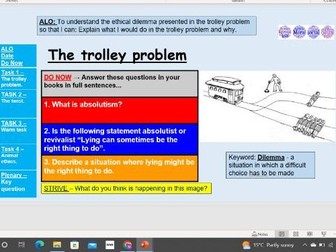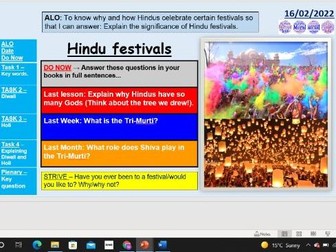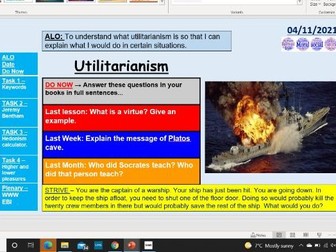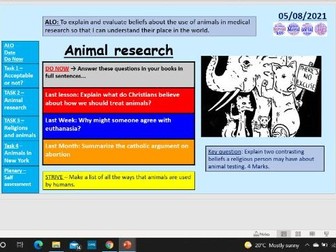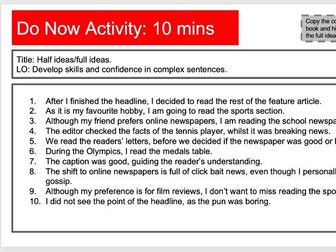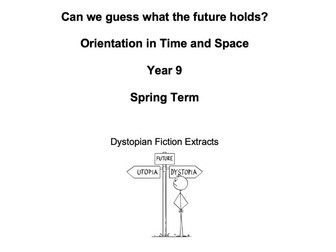IB MYP Science Summative Assessment - Cells
<p>This is a summative assessment that may also be used as a formative assessment, specifically based on Criterion A - Knowing and understanding. It consists of all task-specific clarifications and carries 15 maximum points/marks which can be easily converted to the MYP Levels 1 - 7/8 using the rubric given in the assessment. It mimics the eAssessment format by highlighting command terms in bold and using an image of the light microscope in one of the questions, too.</p>
<p>It is more suitable for MYP I and II (Science/Integrated Science).</p>
